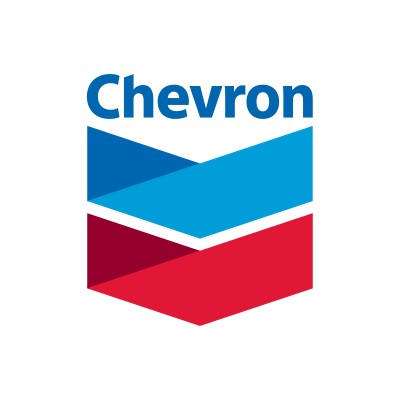
Montana State University at Bozeman

Montana
,United States

Program Name
PhD in Earth Sciences

Deadline
January 15th, 2025
Overview

Total Tuition Fees
$1,04,200

Duration
60 Months

Median Salary
$1,10,000
Ranking

#607
US World and News Report

Intake
Fall ( Sept - Nov )
Class Profile

Class Size
25

Average Age
27

Average Work Experience
2 Years
Career Outcomes

Median Earnings After Graduation
$1,10,000 / year

Graduation Rate
60%

Job Placement
89%
Prospective Job Roles
Hydrologist
Soil Scientist
Water Resources Engineer
Environmental Scientist
Seismologist
Meteorologist
Oceanographer
Planetary scientist
Geologist
Top recruiters










Eligibility Criteria

Accepted fields include Earth Sciences, Marine, Earth, and Atmospheric Sciences.

At least 3 / 4 undergraduate GPA is expected.

At least 16 years of bachelor degree.

At least 24 months of full-time professional experience after graduation.
English Proficiency Tests
TOEFL
93

IELTS
7

Application Requirements
Here's everything you need to know to ensure a complete and competitive application—covering the key documents and criteria for a successful submission.

Application Fee: 70

Transcript

Passport

Master SOP

Resume

IELTS

Academic LOR

Professional LOR
Application Deadlines
| Regular | |
|---|---|
| Fall | Jan 15, 2025 |
Fees and Funding

Tuition Fees
$20,840 / year

Overall Cost
$35,840 / year
FAQs
- Within 10 years of graduation, about 42% of alumni work in academia, 24% in government, and 20% in for-profit sectors. Top employers include Montana State University and the USDA. Alumni salaries within 10 years range from $50,000 to $150,000, with an average of $90,000
- Graduate students have access to labs and facilities such as the Earth Surface Processes Lab, Geomicrobiology Lab, Paleoecology Lab, Paleontology Lab, Snow & Avalanche Lab, Image & Chemical Analysis Lab, Museum of the Rockies, and the Subzero Science & Engineering Research Facility
- Students must build a solid foundation in geography, geology, or geobiology. All first-year graduate students take a seminar (ERTH 594). Additional coursework is tailored to individual interests and may include disciplines outside the department to support research
- PhD students are expected to: Produce and defend an original, significant dissertation Design and execute independent research Master subject matter and research methods in their subdiscipline Communicate research effectively in writing and orally Demonstrate ethical research conduct Engage with the professional field through publications, presentations, and association activities Develop skills for securing professional or academic positions and external funding.
- The PhD emphasizes independent, original research in a specific field of Earth Sciences, culminating in a dissertation that contributes significant new knowledge to the discipline. Supporting coursework is tailored to the student’s research interests in consultation with their advisor and committee
- The program offers a wide range of specializations, including settlement geography, bioclimatology, GIS, planning, snow science, volcanology, paleobiology, dinosaur taphonomy, stratigraphy, and geomorphology. All diplomas are awarded in Earth Sciences, regardless of the chosen specialization









Ready to elevate your study abroad journey?
Book a call with us now and take the first step towards your global future!
















